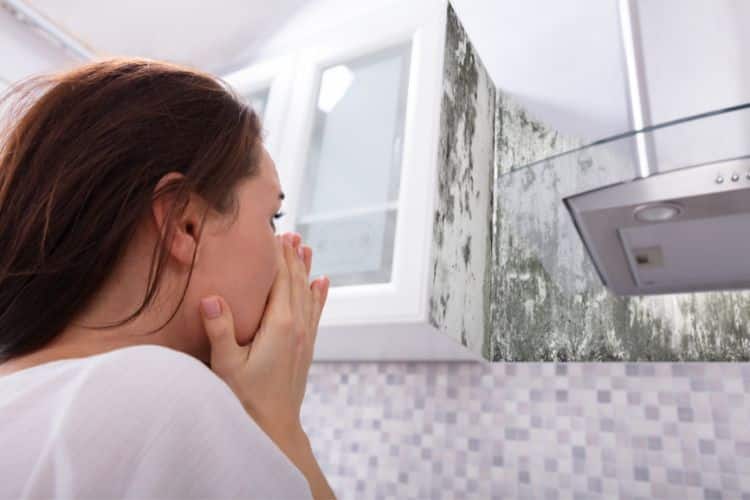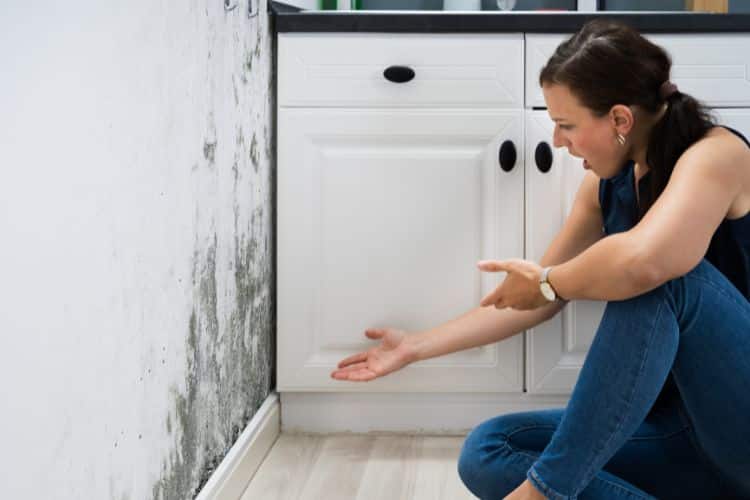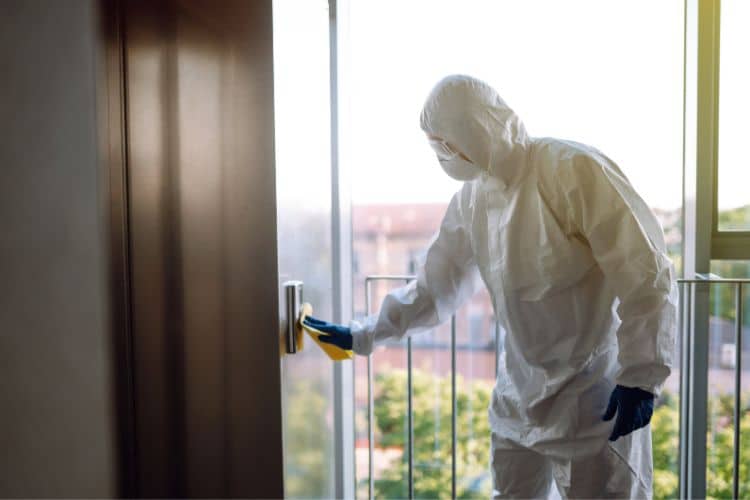Climate change, a global phenomenon with wide-ranging impacts, is not just altering our environment, but also quietly transforming the landscapes of our personal spaces. An often overlooked consequence of this relentless change is the increase in mold growth within our homes. The following article explores the intricate relationship between climate change and increased mold growth, delving into the science behind it, its implications, and preventive measures that can be taken. Understanding this indirect impact of climate change is not only crucial for safeguarding our health but also for preserving the structural integrity of our homes.
The Connection Between Climate Change and Mold
Climate change has been found to have a significant impact on mold growth in homes. Increased humidity and temperature, which are common effects of climate change, promote the growth of mold in homes. Homeowners must remain vigilant and proactive in checking their homes for mold growth, especially in areas that tend to be damp. Regular mold inspections can help identify the early stages of mold growth, which makes mold removal easier and more effective. Given the negative health effects that mold can cause, it is essential for homeowners to take the connection between climate change and mold seriously and take measures to prevent it.

Impacts of Mold Growth on Homes
The impacts of mold growth on homes are significant, and with the effects of climate change on the rise, homeowners need to be aware of the potential risks. Mold can create health problems for those who are exposed to it, including respiratory issues and allergies. It can also cause damage to the structure of a home, leading to costly repairs and renovations. The increased moisture levels caused by climate change create the perfect breeding ground for mold, which can spread quickly if left untreated. Preventative measures such as proper ventilation and regular maintenance can help mitigate the risk of mold growth, but it’s crucial to be aware of its potential impact and take action to prevent and address any growth.

Case Studies
As the concern for the implications of climate change continues to grow, homeowners and professionals must keep a close watch on how it influences the growth of mold in our homes. Research and case studies indicate that global warming increases indoor humidity levels, paving the way for mold development in our living spaces. These studies provide a glimpse into how climate change can negatively affect our health and the structural integrity of our homes. Therefore, case studies play an essential role in identifying the causes and effects of mold growth under changing climatic conditions. Understanding the trends that lead to mold development can help homeowners and professionals stay ahead of the game as we all work together to mitigate the effects of climate change.
| Climate Change Impact | Effect on Mold Growth |
|---|---|
| Increased Temperature | Warmer temperatures accelerate mold growth by creating a more conducive environment. Mold grows best in warm, damp conditions. |
| Increased Humidity | Higher humidity levels in the air provide the moisture molds need to grow and reproduce. |
| More Frequent Extreme Weather Events | Extreme weather events, such as hurricanes and storms, often lead to water damage in homes. This creates ideal conditions for mold growth. |
| Accelerated Building Deterioration | Climate change can accelerate the deterioration of building materials, making them more susceptible to mold infestation. |
| Increased Indoor Condensation | As the outdoor temperature rises, it can cause more condensation on the inside of windows, providing the moisture needed for mold spores to grow. |
Preventive Measures
Climate change is one of the most pressing environmental issues of our time. As the world continues to warm, mold growth in homes has become a growing concern for homeowners across the globe. The best way to combat this is through preventive measures. Preventive measures can include ensuring proper ventilation, reducing humidity levels, and promptly addressing any water leaks or damage. It is critical for individuals to educate themselves about mold growth and the steps to take to prevent it. By staying ahead of mold growth, homeowners can safeguard their health and the structural integrity of their homes. Preventive measures play an integral role in addressing the impact of climate change on mold growth in homes.

Conclusion
In conclusion, the relationship between climate change and increased mold growth in homes is complex and multifaceted. Increased global warming not only exacerbates the effects of climate change but also indirectly impacts our health by fostering conditions conducive to mold growth. Preventive measures, such as ensuring proper ventilation, controlling humidity, and promptly addressing water leaks, are instrumental in mitigating these effects. As we continue to grapple with climate change, understanding its indirect impacts, such as increased mold growth, becomes crucial. By staying informed and proactive, we can protect our health, preserve our homes, and contribute our bit towards addressing this global issue.




